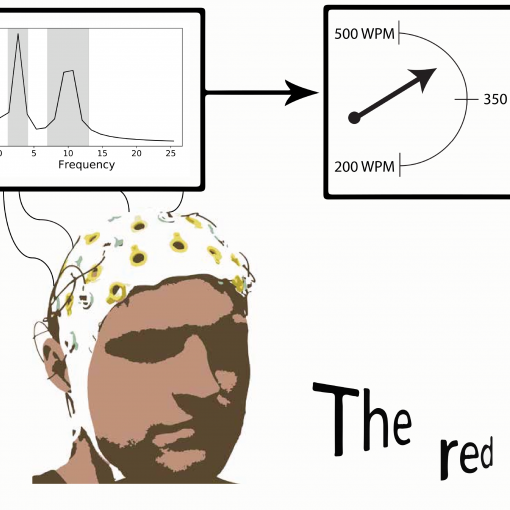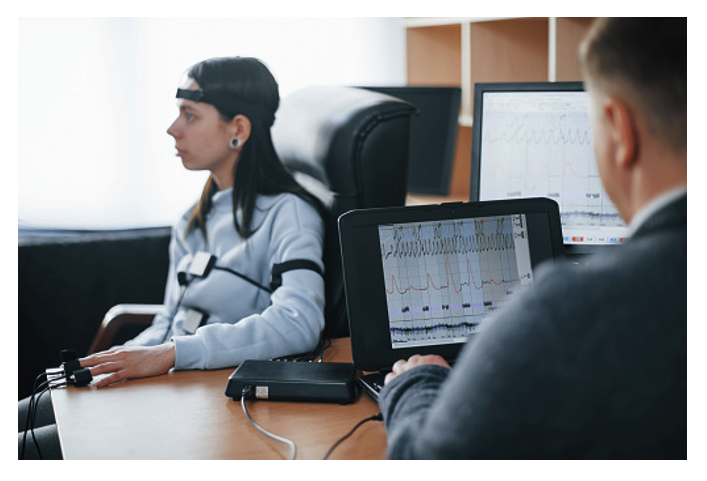

The Cornell EDA project was based on this GSR sensor for MRI machine monitoring by Minn State Univ. Further development may likely would have resulted in working Wheatstone bridge-based circuit however, time did not allow given and working circuit of a different type was already acheived. However, no appropriate GSR signal was seen on scope unlike the above Truth wristband circuits by Sean Montgomery. Drew also tried using dual Micrcochip Op-Amp MCP6002 as voltage follower to buffer each input going into the TI INA114 instrumentation amp. Drew tried both with LM324 quad opamp using 2x voltage follower (to buffer) and 1x as the difference amplifier but saw no signal on the scope. This would have been a good measurement for the biosensor array but Drew was not able to get their circuit to work correctly. With this circuit and microcontroller software, they were able to calculate the exact resistance of the skin and thus the skin conductance: Some projects like the Cornell EDA project used a Wheatstone bridge and op-amp (configured as difference amp). The waveshape of real GSR responses and reject resistance changes that don't Only occur on one or two of the locations. YouĬan measure GSR from numerous locations and reject spurious changes that Success from the forehead, but fingers are the best I've found. I've gotten decent GSR from the wrist and not much

To find a part of the body that is less likely to move during yourīehaviours of interest. Of contact between your finger and the electrode, thereby changing the "The problem you're experiencing is that when you move, you change the amount
ARDUINO UNO GALVANIC SKIN RESPONSE CODE SOFTWARE
This circuit has just a low pass filter with the high pass filter done in software on the PIC. His latest GSR is the Truth Wristband v5. The GGHC biosensor GSR sensor is based on a earlier version of Sean's work.
ARDUINO UNO GALVANIC SKIN RESPONSE CODE CODE
This reduces the complexity of the Arduino code and the graphing display application on the computer. This circuit, referred to as the Truth Meter, is used at as the biosensor array GSR prototype as it produces a simple analog output that is already filtered. This circuit was created by Sean for an earlier version of his Truth Wristband project. Sean Montgomery, owner of the above site, built a GSR circuit that uses no micrcontroller and a low & high pass filter in the circuit to create a 0.48Hz to 4.8Hz band pass.

The prototype is based heavily on the Truth Meter circuit from: Please check with Drew for any clarification. Primarily researched and prototyped by Drew Fustini after handover from Phil Strong.

This page is part of the Biosensor Array Project Team Members


 0 kommentar(er)
0 kommentar(er)
